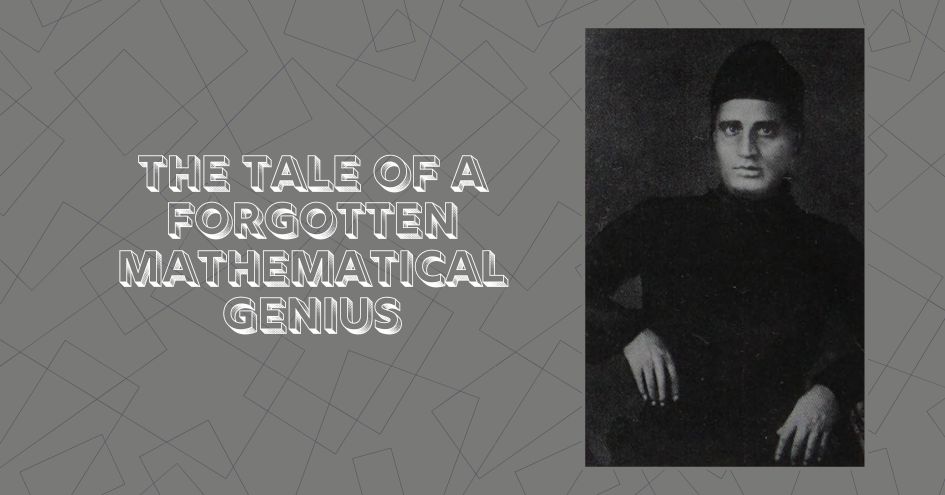
The year is 1802. Lt. Colonel William Lambton, an officer of the British Infantry who had been part of the the 4th Anglo-Maratha war and Siege of Seringapatnam (now called Srirangapatna or Srirangapatnam), kicked off an ambitious project – the Great Trigonometrical Survey of India (GTS)*. The preceding centuries had witnessed the British East India Company aggressively occupying vast patches of the subcontinent and establish themselves as the new suzerain, replacing the Mughal dynasty. Whenever new territories were conquered, the Company engaged cartographers to prepare maps of the same. Most prominent among these late 18th century cartographers was James Rennell. However, Rennell and others engaged in this work repeatedly faced a major obstacle: lack of precision measurement and mapping of the subcontinent’s topography.
It is at this juncture that William Lambton, who had some experience in surveying, proposed a solution: a series of triangulation exercises, starting with the newly conquered territory of Mysore and eventually covering the subcontinent in entirety. Lambton served as the chief superintendent of the GTS till his death in 1823 when he was succeeded by his countryman Sir George Everest. Everest returned to England sometime after 1825 but returned to India again in 1830 when in addition to overseeing the GTS, he was also appointed as the Surveyor General of India.
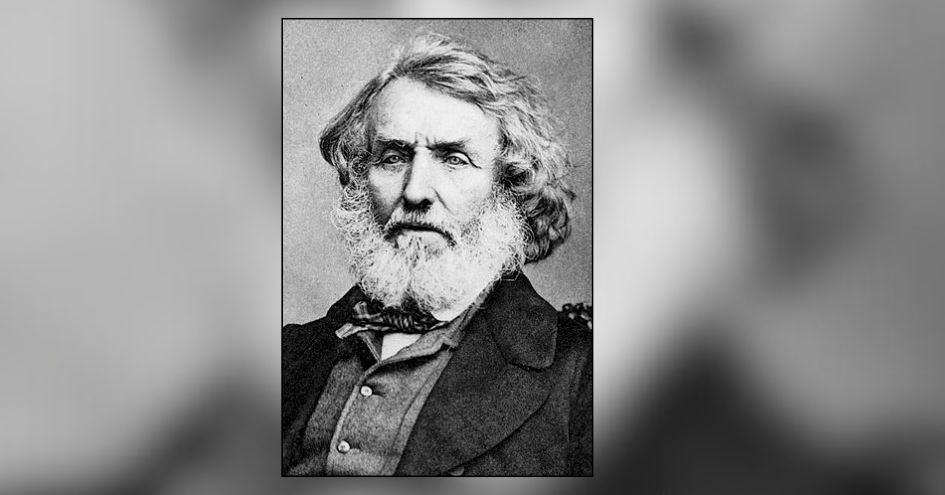
A year later, while work was ongoing on mapping Calcutta, Everest was desperately in search of a mathematician with deep understanding of spherical trigonometry to work on the GTS. He spoke about this with John Tytler, professor of mathematics at Hindu College (present-day Presidency University). Fortunately for Sir George, Tytler knew just the right man needed for the job. This man, still short of his 19th birthday, was his student at Hindu College. His name was Radhanath Sikdar.
Sikdar, who had a deep fascination for mathematics from a very young age, was among the first Indians to study Sir Isaac Newton’s Principia. By the time Everest and Tytler were in discussion, he had also finished Euclid’s Elements, Thomas Jephson's Fluxion and Analytical Geometry and Astronomy by Windhouse. At that young age only, he had already invented a novel method to draw a common tangent to two circles. Tytler was confident that Radhanath would do him proud and on 19 December, 1831, the latter joined the Geological Survey of India as a computer at a monthly salary of thirty rupees.
At the time, the longitudinal series of the GTS was being conducted from Sironj in central India to Calcutta. Radhanath was sent to Sironj along with seven other Bengali computers. Very soon, it became evident why Tytler had strongly recommended Radhanath as he proved himself far superior in thought and action to his comrades. It didn’t take long for Radhanath to become Sir George’s personal favorite. The Chief once even intervened to stop Radhanath’s transfer so as to not lose his favorite employee.
In 1843, Sir George Everest retired and was replaced by Colonel Andrew Scott Waugh. However, Radhanath continued to impress one and all with his stellar work and Col Scott Waugh also became his fervent backer. One of the standout features of his work was the ability to come up with newer and more efficient methods of doing things – something that endeared Radhanath to his British superiors.
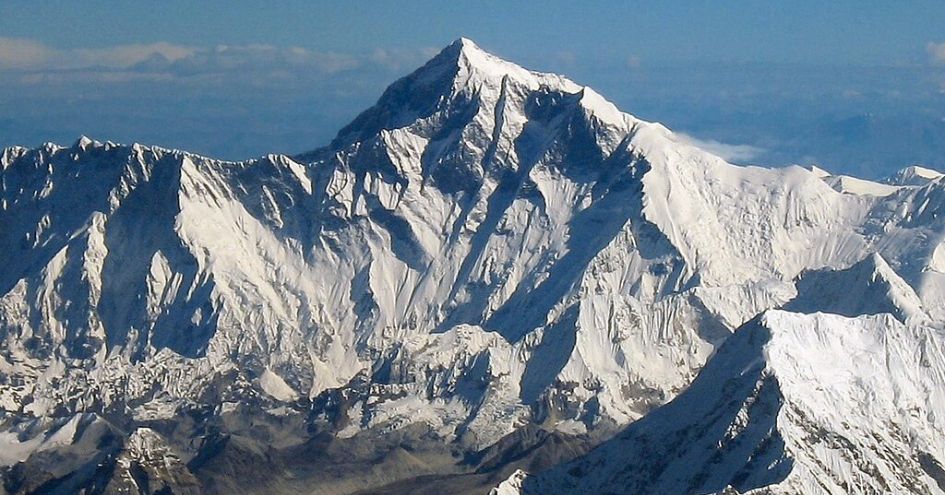
In 1851, after nearly twenty years of service, Radhanath was promoted to chief computer. A year later, Col. Scott Waugh instructed him to start work on measurement of the highest features in the Himalayan range that were still unmapped. One of these still unmapped peaks was labeled simply as Peak XV. Compiling estimates from six different observations, Radhanath was astounded to realize that Peak XV was of a higher altitude than Kanchenjungha peak which back then was considered the tallest point on the earth’s surface. When Radhanath approached Col. Scott Waugh with the measurement of 29000 feet, the latter decided to randomly add 02 feet to the same in order to make the final figure more credible. In 1856, the Geological Survey of India formally announced the height of Peak XV. However, in Company ruled India, the honor of lending his name to the new tallest peak did not go to the man who discovered and measured it. Instead, Peak XV was named after Col. Scott Waugh’s predecessor – Sir George Everest – as Mt. Everest.
But this was not the only injustice done to Radhanath Sikdar. In 1851, the Survey department published a Survey Manual. The preface to the manual mentions that the most technical and mathematics-heavy chapters were contributed by ‘Baboo Radhanath Sikdar’. The manual, once released, was heavily praised by surveyors as being most relevant and practically useful. The 2nd edition of the manual also contained mention of Sikdar’s name. But the third edition, published in 1876 – a year after Sikdar’s death – conveniently omitted any mention of Radhanath and his chapters. It was such a blatant act of omission that several British surveyors publicly condemned it. The newspaper ‘Friend of India’ called the act ‘a robbery of the dead’.
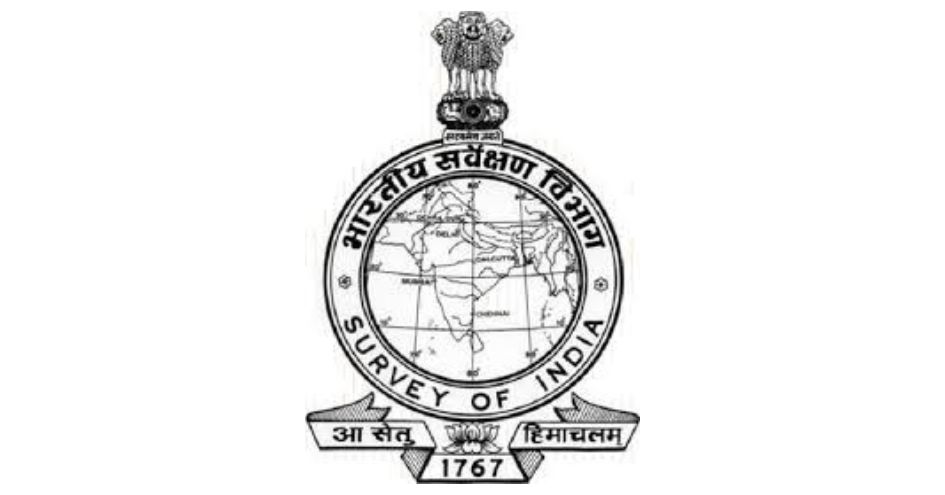
In his youth, Radhanath Sikdar’s life views and ideals had been shaped by the brilliant maverick thinker Henry Louis Vivian DeRozio. The rebellious spirit imparted by his mentor never entirely left Radhanath. In 1843, he led a vehement protest against an English magistrate for shameless exploitation of native workers in the survey department. Radhanath ended up with a reprimand and a fine of 200 rupees. Possibly the establishment never forget this act of disobedience by their native servant.
But even though his department deprived Radhanath Sikdar of his share of glory, they could not stop laurels coming his way. In recognition of his mathematical genius, German Philosophical Society's Bavaria branch of Natural Science made Radhanath Sikdar a Corresponding Member in 1864, two years after his retirement.
Radhanath Sikdar passed away in 1880 in French Chander Nagore and was buried at the Sacred Heart Church there.
Now, nearly a century and a half later, the name of Radhanath Sikdar is almost completely lost in the sands of time – only featuring in trivia on Mt. Everest. It remains one of the greatest travesties of fairness and justice.
* Started in 1802, the Great Trigonometrical Survey was eventually completed in 1871.
 Based out of Kolkata, Trinanjan is a market researcher by profession with a keen interest in Indian history. Of particular interest to him is the history of Kolkata and the Bengal region. He loves to write about his passion on his blog and also on social media handles.
Based out of Kolkata, Trinanjan is a market researcher by profession with a keen interest in Indian history. Of particular interest to him is the history of Kolkata and the Bengal region. He loves to write about his passion on his blog and also on social media handles.
PREVIOUS ARTICLE
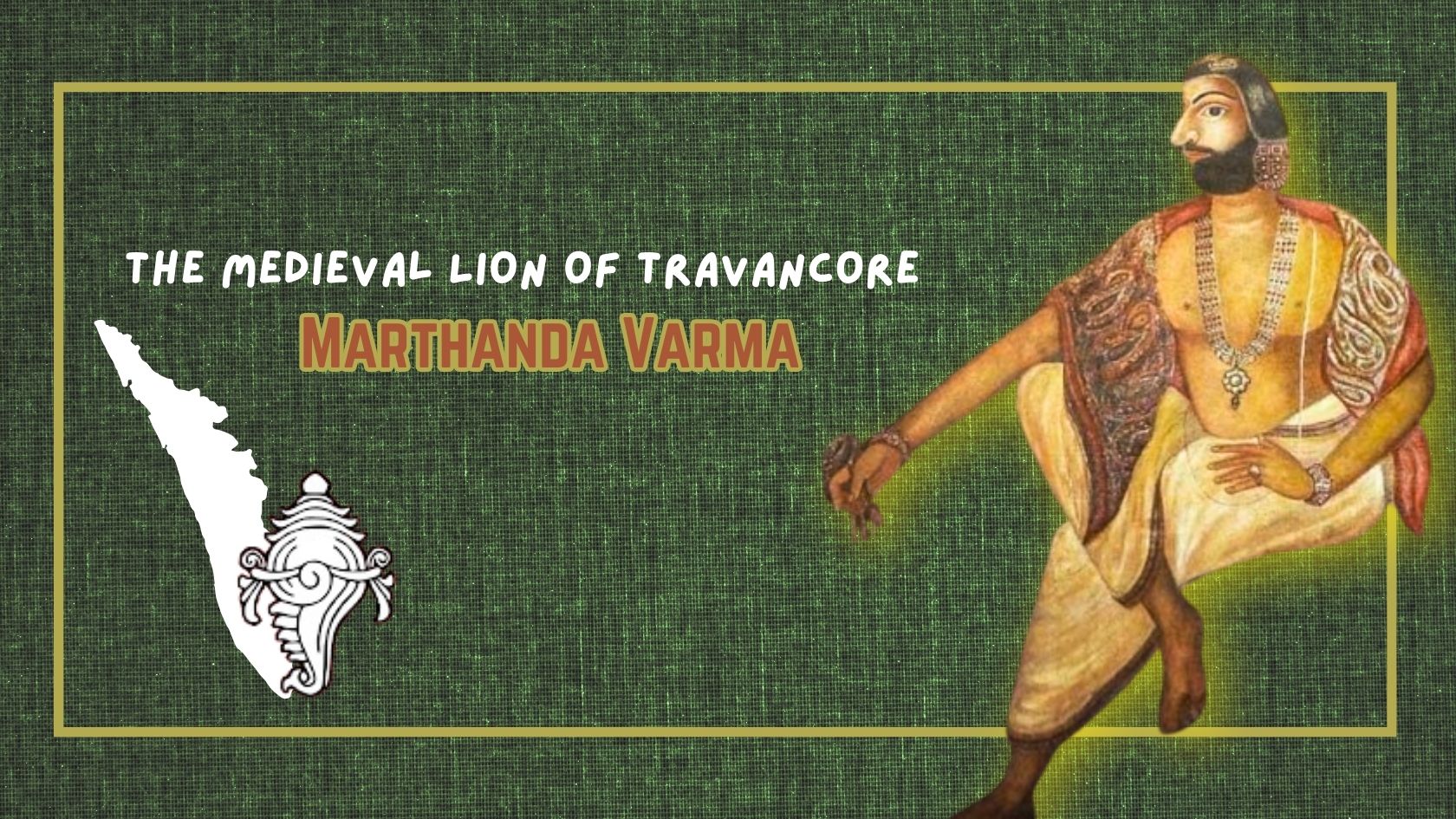
Shri Ramachandra Prasad's captivating narrative and the hot chai that was served at the right time transported me to ancient Kerala, where the extraor...

Introduction In Bharatvarsha, History is not the account narrated by victors. It is the record left behind by survivors. The study of Indian History...
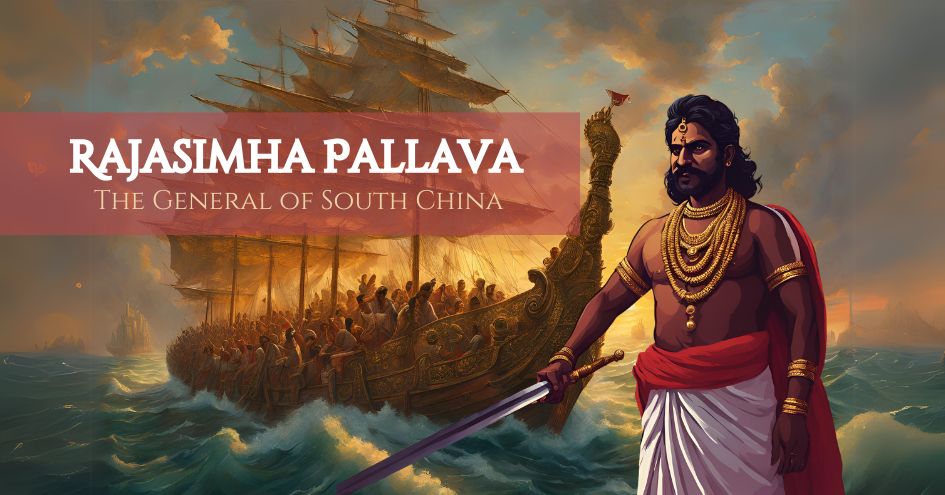
It is the first-half of the 8th Century C.E. in South India. The Pallava kingdom possesses strength and prosperity with some of the greatest monument...